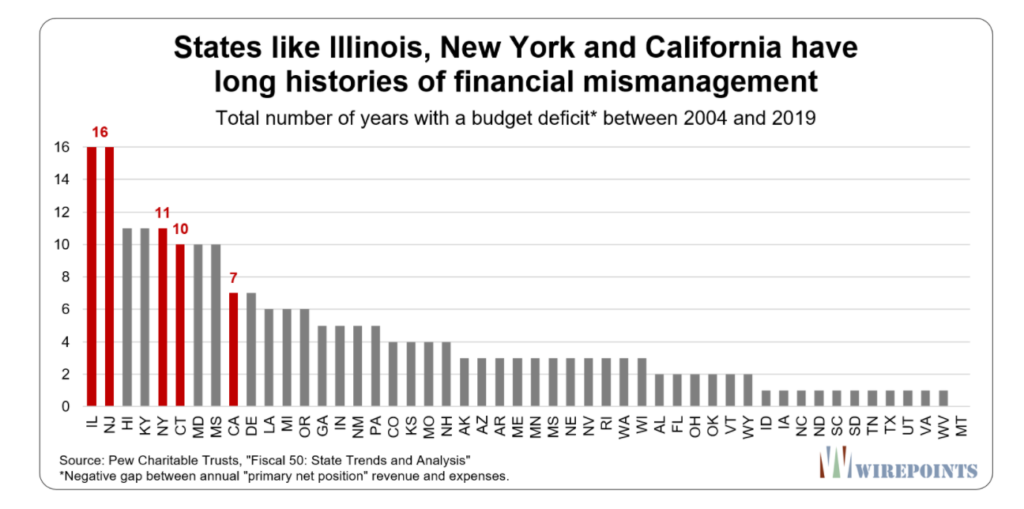Link: https://www.jdsupra.com/legalnews/congress-considers-new-multiemployer-2408608/
Excerpt:
Without congressional intervention, about 100 multiemployer pension plans are expected to become insolvent in the next 20 years, and some much sooner. In other words, for these pension plans, their liabilities to retired employees and current employees with vested benefits far outweigh their assets and incoming contributions. Although the Pension Benefit Guaranty Corporation is intended to provide a backstop to any insolvencies, the sheer number of plans facing insolvency and the total size of unfunded vested liabilities will bankrupt the PBGC’s multiemployer program as well. It is against that backdrop that Congress has added the Butch Lewis Emergency Pension Plan Relief Act of 2021 to the COVID-19 relief bill.
…..
Fourth, the bill would create a special financial assistance program for those plans that are expected to become insolvent in the near future. Under the bill, the Treasury would grant money to the PBGC, which would then disburse it to eligible plans. Eligible plans include (a) those in critical and declining status, (b) those that have approved benefit suspensions, (c) those that are in critical status with a funding percentage of less than 40% with more inactive than active participants, and (d) those plans that are already insolvent. The bill would instruct the PBGC to develop regulations within 120 days for applications and to prioritize applications from plans that are (a) insolvent, (b) likely to become insolvent within five years, (c) have a present value of over $1 billion in unfunded vested benefits, or (d) have already implemented benefit suspensions. The money would be paid in a single, lump-sum payment in the amount sufficient to guarantee benefits, without reductions, through 2051. If a multiemployer plan were to receive financial assistance, it would be required to reinstate any suspended benefits, and repay the amount of benefits previously suspended. Finally, an employer’s withdrawal liability would be calculated without taking into account this assistance for 15 calendar years after it was received.
Publication Date: 16 February 2021
Publication Site: JD Supra


